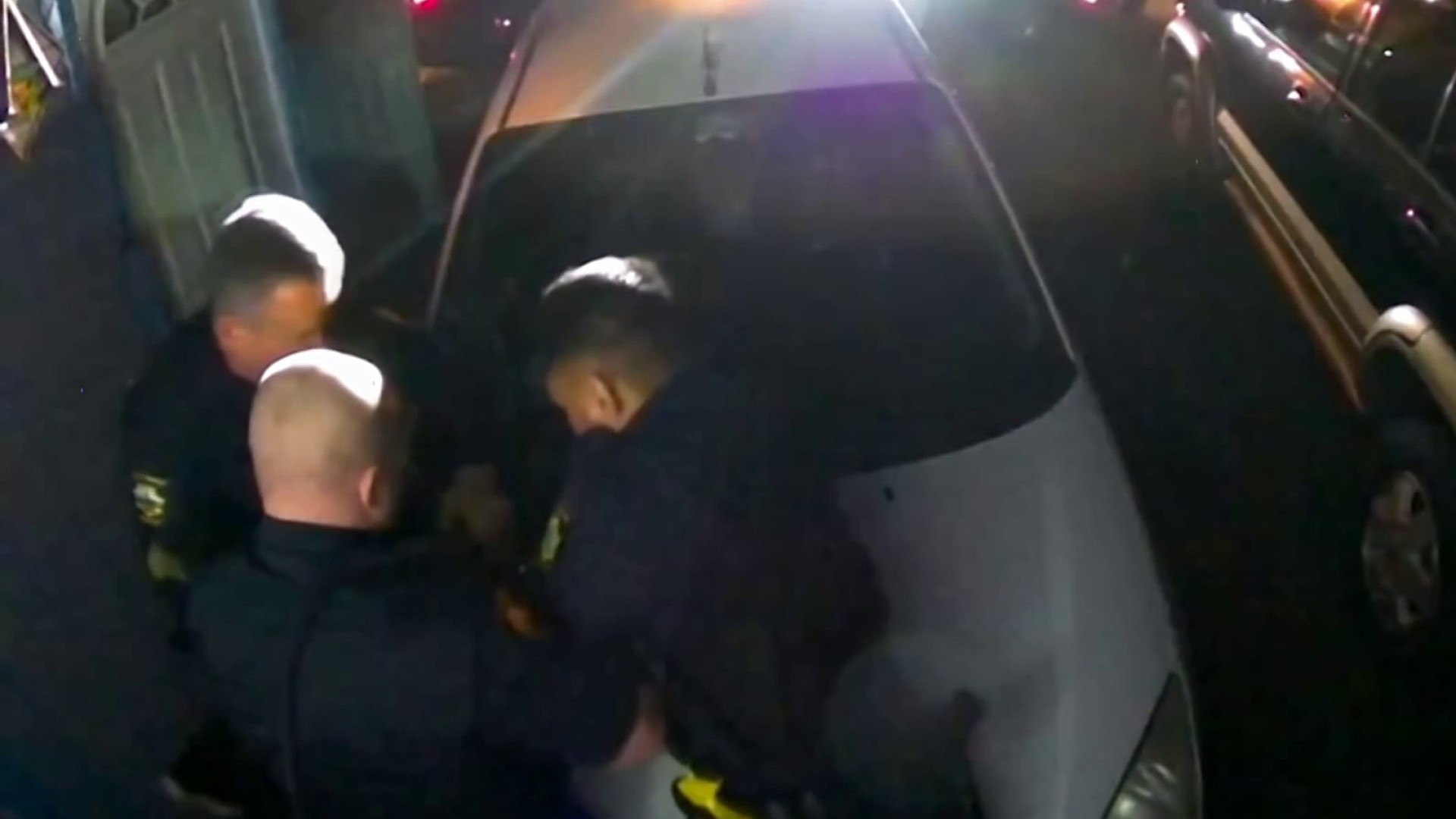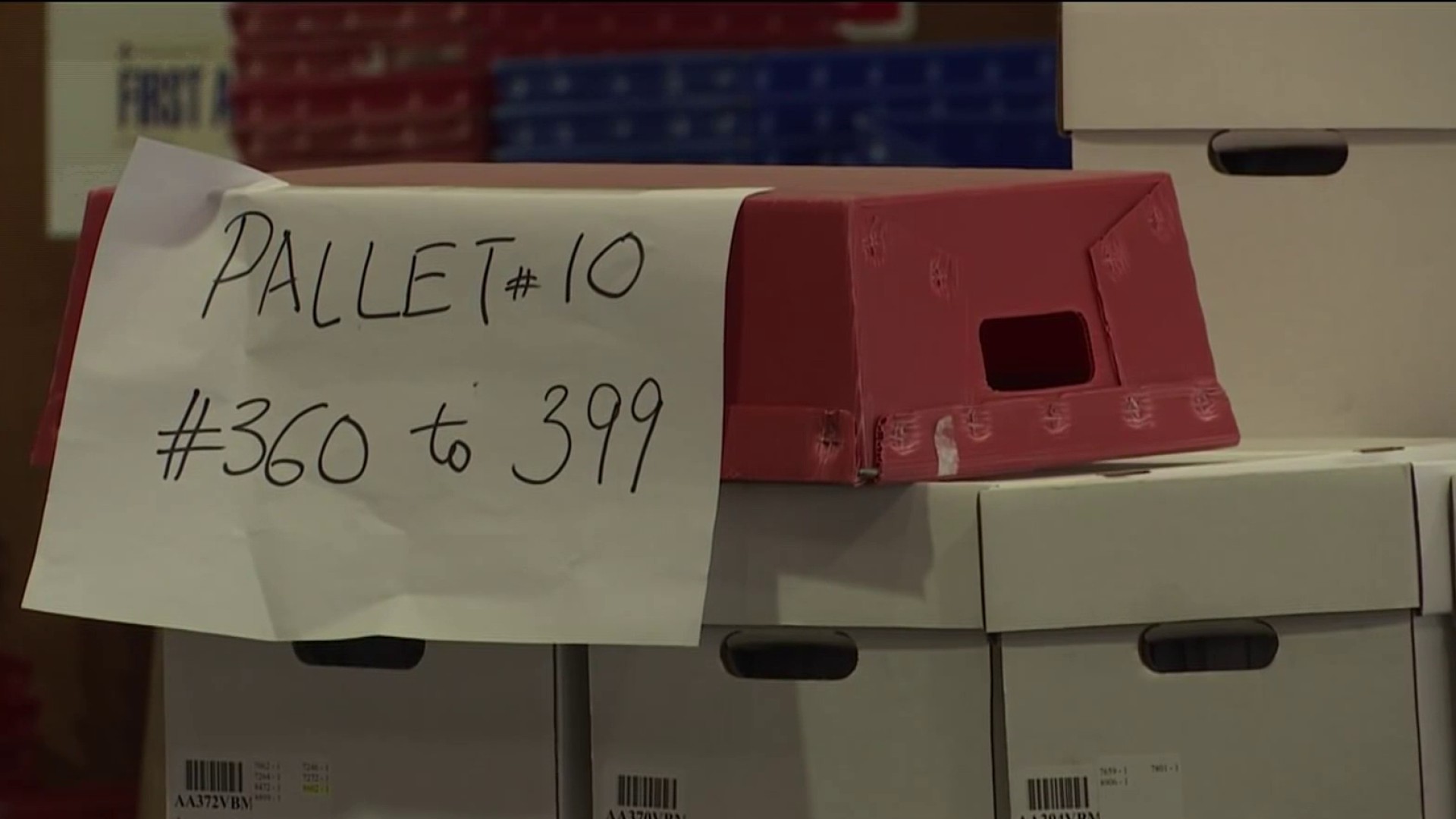California's ambitious bullet train project is gaining momentum thanks to the $8 billion set aside for high-speed rail development in the economic stimulus package signed into law this week.
The state is agressively going after federal funding for the 800-mile high-speed rail line set to travel from San Francisco to Orange County. A dozen designated high-speed rail corridors across the nation are vying for a share of the money.
Backers say the state has an advantage over other high-speed initiatives because it's already far along in planning, and several construction projects can start soon. Moreover, high-speed rail is getting unprecedented support from the Obama administration.
"We're the only actual high-speed rail project that has money and has already received environmental approval," said Quentin Kopp, chairman of the California High-Speed Rail Authority. "I'm confident that we'll be awarded a substantial amount of the $8 billion."
The high-speed rail board has already laid out plans on how to spend approximately $2 billion of the stimulus money by a 2012 deadline outlined in the stimulus bill. They include nine grade separation crossings -- overpasses or underpasses that prevent auto or pedestrian cross traffic on the train line -- that have received
environmental clearances. Money is also needed to purchase the right-of-way for parts of the line, land for maintenance and storage facilities, and to create an electrical infrastructure to power the trains.
The system would connect Anaheim, Los Angeles, Fresno and San Francisco with trains running at speeds of up to 220 mph. Planners eventually want to extend the line to San Diego and Sacramento.
High-speed initiatives are in various stages of planning elsewhere in Texas, Florida, Nevada, the Midwest, Northeast and Southeast.
Local
The Southeast High Speed Rail Corridor, which is planning a 471-mile line from Washington to Charlotte, N.C., will seek stimulus funding for right-of-way purchases and to replace existing tracks with "super-elevated" ones that will allow for trains to travel at a higher speed, said project manager David B. Foster.
Texas will ask for money to fund environmental and engineering studies for the 440-mile Texas T-Bone corridor connecting Dallas, Austin, Houston and several other cities, said Robert Eckels,chairman of the Texas High Speed Rail and Transportation
Corporation.
This week, Transportation Secretary Ray LaHood said he submitted a report to the White House identifying "at least six" high-speed rail corridors for possible service.
A U.S. Department of Transportation spokesman said Friday that LaHood is developing a plan over the next 60 days to ensure the stimulus money is spent "on projects that will have the highest-impact across the country."
While $8 billion won't nearly cover any high-speed line -- California's system alone is expected to cost an estimated $45 billion -- high-speed rail advocates say it will lay the groundwork for a swift train network. The money also signals the Obama
administration's strong support for high-speed rail, and the potential for more funding on the way.
"It's a significant commitment for projects that do not exist at this time and it has encouraged both the advocates for these programs, as well as private investors," Eckels said.
To build the first leg of California's high-speed rail system, planners say they'll rely on private investment and contributions from local governments and the $9.95 billion in state bond funding that voters approved last November. As California's finances crumbles, the high-speed rail board is relying on the federal
government to provide up to half of the cost.
During the weeks lawmakers negotiated to close the state's $42 billion budget deficit, engineers and other contractors continued working on the project without pay.
Kopp said the prospects for getting more federal funding are good.
Congress also included $1.5 billion, mainly for high-speed rail projects around the country, in the Amtrak reauthorization bill President George W. Bush signed in October. And a surface transportation law that must be renewed by Congress later this year could supply some money for high-speed rail.



